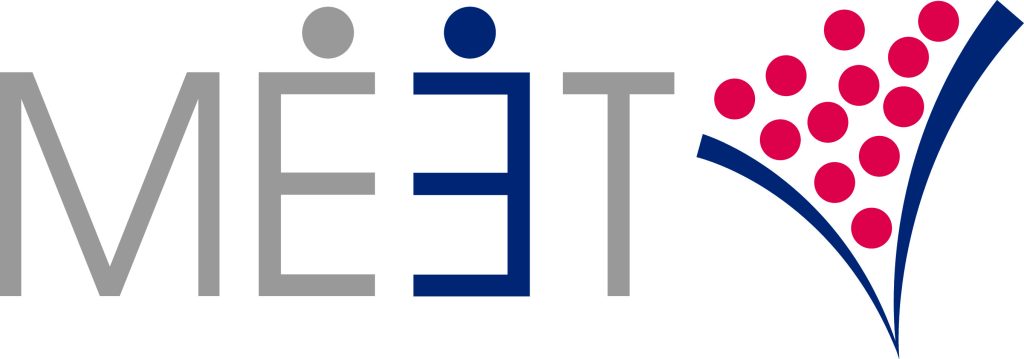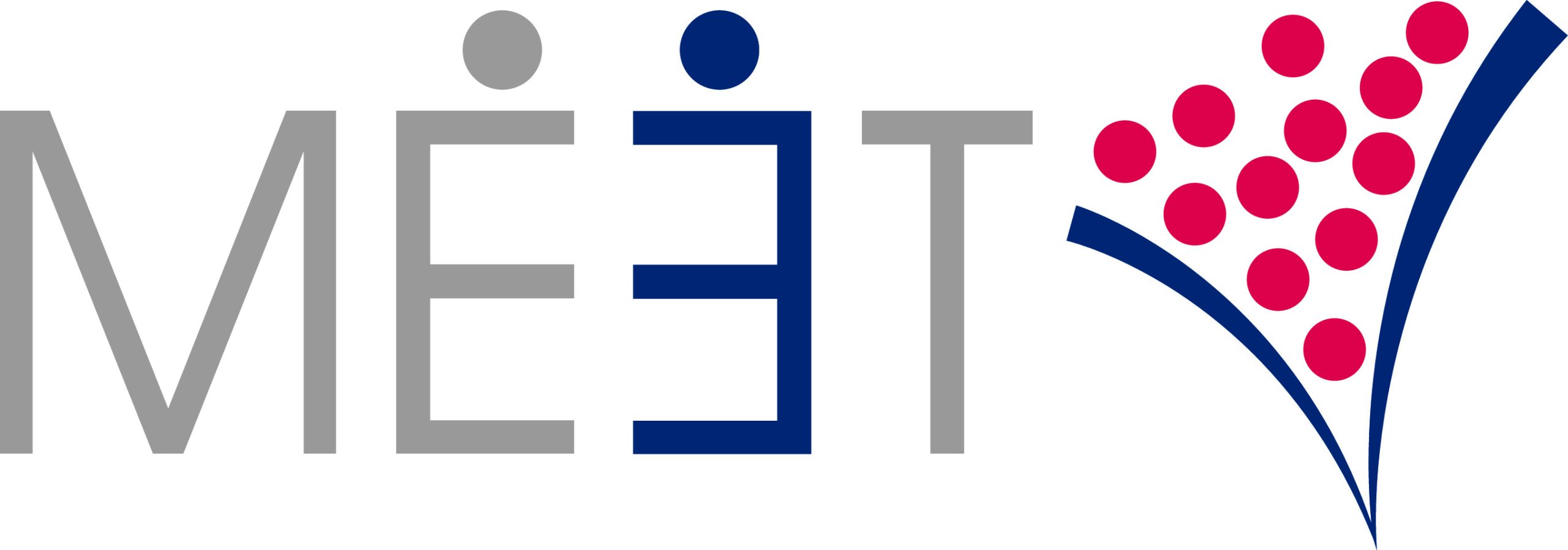In the world of prospect attraction, one golden rule reigns supreme: know your target customer. But knowing your target customer isn’t just about understanding their needs and desires—it’s about speaking their language. B2B prospects, come from diverse backgrounds, industries, stages of growth, and experiences. Each prospect communicates in a way that reflects their values, pain points, and aspirations. To connect effectively, sales professionals must develop the ability to not only understand this “language” but also respond in kind.

Have you ever been to a restaurant in a foreign country where you don’t speak the language? If you’re like me when you’re ordering food ask for what you want in a language you know. Then when the person trying to help you doesn’t understand you say it again but this time louder. Unfortunately, this is what most marketing is like today. When we don’t know the language of the prospect, we just speak louder.
Here’s how concepts like empathy, active listening, learning, and adjusting communication are essential to speaking the prospect’s language.
Empathy: The Foundation of Connection
Empathy is the ability to put yourself in someone else’s shoes, to see the world through their eyes. When dealing with prospects, empathy allows you to understand their challenges, needs, frustrations, and their language. It’s not about assuming you know what they need but listening and observing carefully.
Empathy helps you go beyond the surface. Rather than focusing on selling a product, you focus on understanding why your prospect needs that product. What pain points are they experiencing? What are their goals? What is their current condition costing them? By using empathy, you tap into the emotional and logical drivers that guide their decision-making process.
Empathy enables you to speak your prospect’s language by aligning your solutions with their needs. It creates a connection that goes beyond transactional relationships and establishes trust—critical for closing deals.
Active Listening: The Gateway to Understanding
You can’t speak a prospect’s language unless you truly listen to what they’re saying. This is where active listening comes into play. Too often, sales conversations become one-sided, with the salesperson doing most of the talking. But successful communication isn’t about pushing information at prospects; it’s about creating a dialogue.
Active listening involves fully focusing on what the prospect is saying, both verbally and non-verbally. It means picking up on the tone, body language, and subtle cues that give deeper insight into their concerns. By listening carefully, you can ask better follow-up questions, uncover hidden objections, and identify what the prospect really values.
Moreover, active listening demonstrates respect. It shows the prospect that you’re not just waiting for your turn to speak but genuinely interested in understanding their situation. This practice makes it easier to tailor your responses and, ultimately, speak their language effectively.
Learning: Continuously Sharpening Your Skills
Speaking your prospect’s language is not a static skill—it requires continuous learning. Each interaction with a prospect provides an opportunity to refine your communication approach. What resonates with one individual may not work for another. That’s why staying adaptable and open to learning is essential.
Learning also extends to educating yourself about the industries within which your prospects operate. Understanding industry-specific jargon, trends, and challenges shows your prospects that you are not just another salesperson but someone who understands their world. You can tailor your pitch to highlight the aspects of your product or service that matter most to their specific needs.
Additionally, learning about each individual prospect’s personality and communication style is important. Some may appreciate a detailed, data-driven approach, while others prefer a casual, high-level conversation. By constantly learning and evolving, you increase your ability to speak the prospect’s language.
Adjusting Communication: Flexibility Is Key
No two prospects are alike, and neither should your approach to communicating with them be. Once you’ve developed a deeper understanding of the prospect’s needs, goals, and communication style, it’s time to adjust your communication accordingly.
This might mean simplifying technical language for a prospect unfamiliar with certain terms or diving into more complex discussions with someone who’s well-versed in industry jargon. Sometimes it’s about finding the right balance between offering solutions and asking thoughtful questions to keep the conversation focused on the prospect.
Adjusting your communication style also means paying attention to the medium of communication. Some prospects prefer email, while others might respond better to a phone call or in-person meeting. Matching their preferred communication method helps build rapport and makes them feel more comfortable in the sales process.
Speaking the Prospect’s Language: The Key to Closing Deals
Ultimately, speaking the prospect’s language means communicating in a way that resonates with them on both a practical and emotional level. It’s about blending empathy, active listening, learning, and flexibility to form meaningful connections.
When you speak the prospect’s language, you move beyond generic sales pitches and enter the realm of personalized, value-driven conversations. You demonstrate that you understand not only their problems but also how your solution can help in a way that matters to them. This is the key to building lasting relationships and closing deals.
By cultivating the ability to adjust your communication and speak each prospect’s unique language, you set yourself apart as a trusted advisor, rather than just another salesperson. In a world where personalization is increasingly expected, this skill will make all the difference in your success.
Additional Planning Resources
For more on this topic, we suggest reading Key Success Drivers for U.S. Sales Traction.
About
MEET helps international B2B & B2G companies gain traction and scale in the U.S. through trade shows, events, and strategic connections. Contact Bill Kenney for a no-obligation conversation: bill@meetroi.com or +1 (860) 573-4821.

